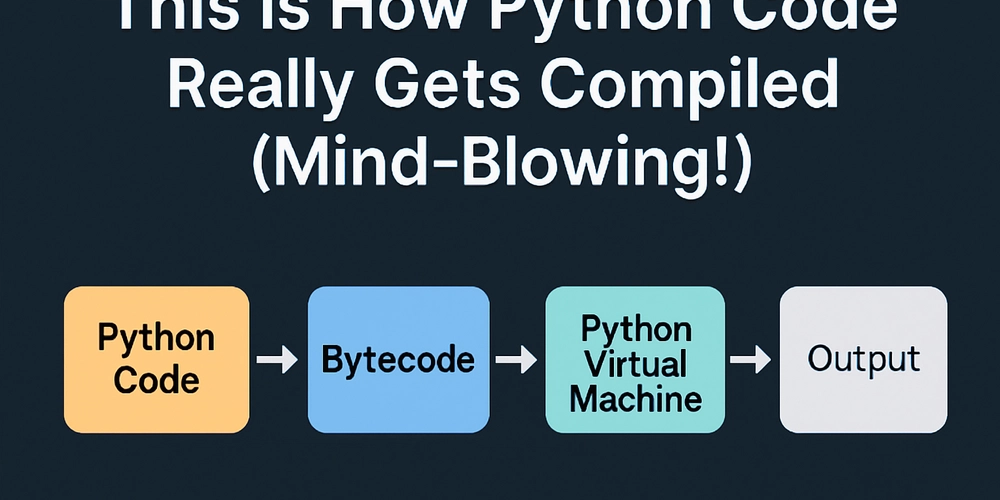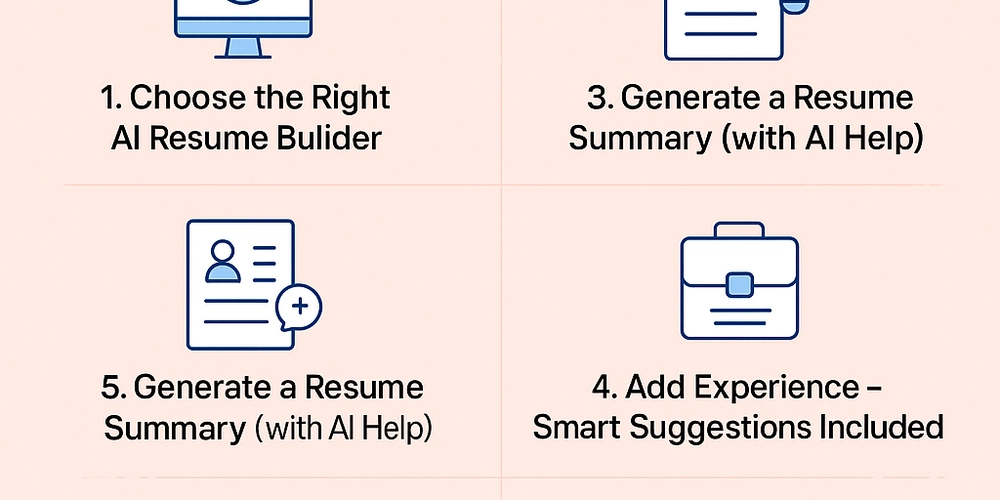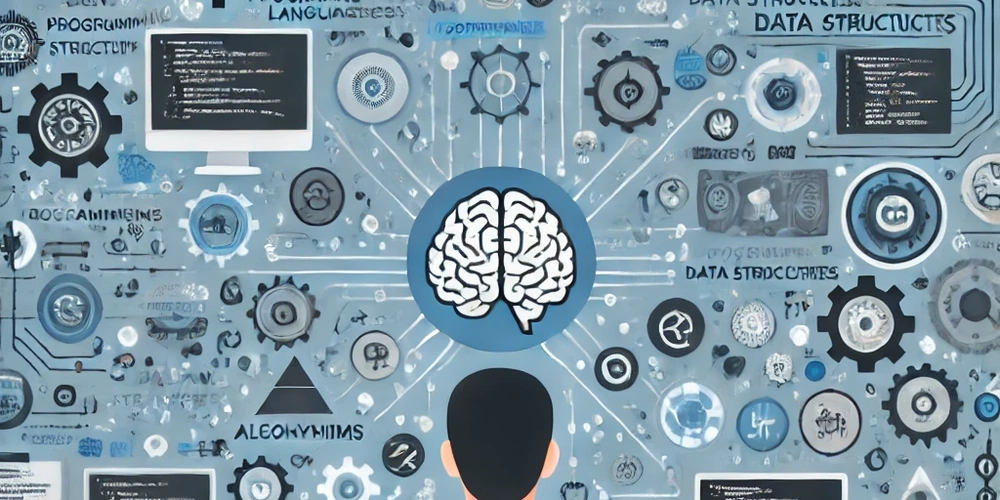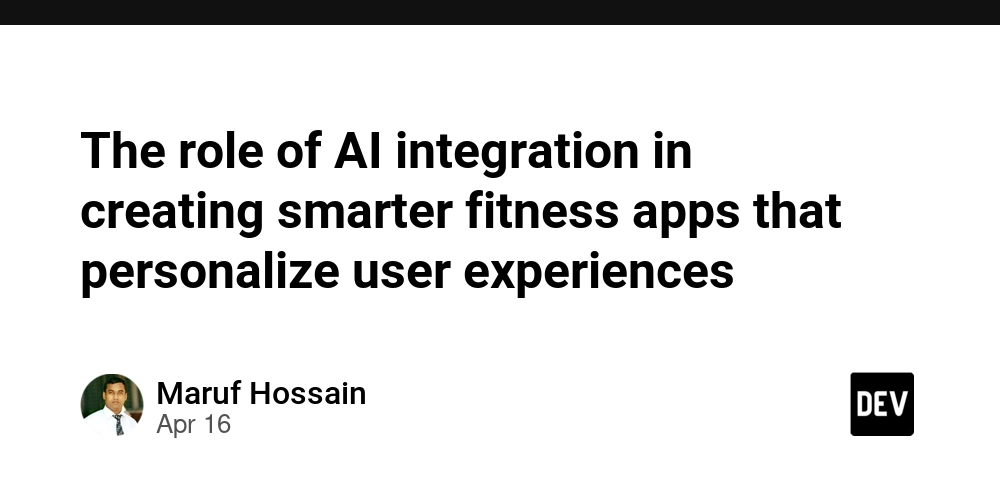This Is How Python Code Really Gets Compiled (Mind-Blowing!)
When most people hear the word “Python,” they immediately think of simplicity, readability, and — above all — an interpreted language. It’s one of the biggest misconceptions in the programming world that Python doesn’t compile. After all, you can just write your code, run it directly, and see results immediately. No build step, no compilation process… right? Wrong. The truth behind Python’s execution is way more fascinating — and yes, mind-blowing — than many developers realize. Even if you’re just testing code on an online python compiler, there's a whole layer of compilation happening behind the scenes. Let’s peel back the curtain and explore what really goes on when you run a Python script. The Misunderstood Nature of Python It’s easy to label Python as "interpreted" because of how it behaves. You write code and it runs almost instantly. There's no need to wait for a compiler to convert your code into machine-level instructions, and this immediacy is one of Python’s biggest appeals. But while it might look like Python skips the compilation step, it doesn't. In fact, every time you run a Python program — whether on your machine or through a python compiler online — your code goes through a process that compiles it into a more efficient form before execution. So, what’s really happening here? The Compilation Step You Never See Python doesn’t compile your code into machine code like languages such as C++ or Java. Instead, it compiles your code into something called bytecode — a low-level, platform-independent representation of your program. This bytecode isn’t directly executed by your computer’s hardware. Instead, it runs inside the Python Virtual Machine (PVM). Think of it this way: Python acts as a translator. First, it reads your high-level code and transforms it into bytecode. Then the virtual machine steps in and interprets that bytecode, executing it line-by-line. This two-step process — compilation to bytecode, followed by interpretation by the PVM — is what gives Python its unique balance of flexibility and functionality. It also explains why many still consider it an interpreted language, even though compilation is part of the process. But What About Online Python Compilers? Here’s where things get even more interesting. When you use an online python compiler, the same process unfolds — just in a different environment. The tool receives your Python script, compiles it into bytecode, and then executes that bytecode in a cloud-based virtual machine or sandbox. You might not see the intermediate steps, but rest assured, they’re happening. That’s how your code can run so quickly and consistently, even in a browser or mobile device. And that’s the power of Python’s hidden compilation. Using an online python compiler is a great way to test, learn, or debug your scripts. It abstracts away the environment setup and shows you results instantly. But behind the scenes, you’re still benefiting from the exact same compilation process that happens on a full development machine. Why Bytecode Matters So why does Python take the time to compile code into bytecode at all? The answer lies in efficiency and performance. Interpreting high-level code directly would be too slow and error-prone. By first converting it into bytecode — which is simpler and more structured — Python can execute programs more reliably. This bytecode is also reusable. The next time you run the same script, Python might skip the compilation step entirely and use a previously stored bytecode file, making execution even faster. Understanding this process helps explain many Python behaviors. Ever noticed a mysterious .pyc file showing up in your project folders? That’s the compiled bytecode version of your script. Python creates it automatically to speed up future runs. Why This Is Mind-Blowing (and Useful) For beginners and even experienced developers, realizing that Python actually compiles code can be an eye-opener. It changes how you think about Python’s performance and how you approach optimization. Here are a few practical takeaways: Startup time matters: On the first run, your script is compiled. On later runs, it may reuse bytecode. Imports are compiled too: When importing modules, Python compiles them into bytecode for efficient access. Environment doesn't change behavior: Whether local or via a python compiler online, the underlying process remains the same. And most importantly, it shows that Python is more than just a “scripting language.” It’s a fully capable, high-level language with its own unique execution model that blends interpretation and compilation in a way that few others do. Final Thoughts Python’s magic lies not only in its simple syntax and rich ecosystem but also in the clever way it handles code execution. The compilation step might be hidden, but it’s always working in the background — even when you use an online python

When most people hear the word “Python,” they immediately think of simplicity, readability, and — above all — an interpreted language. It’s one of the biggest misconceptions in the programming world that Python doesn’t compile. After all, you can just write your code, run it directly, and see results immediately. No build step, no compilation process… right?
Wrong. The truth behind Python’s execution is way more fascinating — and yes, mind-blowing — than many developers realize. Even if you’re just testing code on an online python compiler, there's a whole layer of compilation happening behind the scenes. Let’s peel back the curtain and explore what really goes on when you run a Python script.
The Misunderstood Nature of Python
It’s easy to label Python as "interpreted" because of how it behaves. You write code and it runs almost instantly. There's no need to wait for a compiler to convert your code into machine-level instructions, and this immediacy is one of Python’s biggest appeals.
But while it might look like Python skips the compilation step, it doesn't. In fact, every time you run a Python program — whether on your machine or through a python compiler online — your code goes through a process that compiles it into a more efficient form before execution.
So, what’s really happening here?
The Compilation Step You Never See
Python doesn’t compile your code into machine code like languages such as C++ or Java. Instead, it compiles your code into something called bytecode — a low-level, platform-independent representation of your program. This bytecode isn’t directly executed by your computer’s hardware. Instead, it runs inside the Python Virtual Machine (PVM).
Think of it this way: Python acts as a translator. First, it reads your high-level code and transforms it into bytecode. Then the virtual machine steps in and interprets that bytecode, executing it line-by-line.
This two-step process — compilation to bytecode, followed by interpretation by the PVM — is what gives Python its unique balance of flexibility and functionality. It also explains why many still consider it an interpreted language, even though compilation is part of the process.
But What About Online Python Compilers?
Here’s where things get even more interesting. When you use an online python compiler, the same process unfolds — just in a different environment. The tool receives your Python script, compiles it into bytecode, and then executes that bytecode in a cloud-based virtual machine or sandbox.
You might not see the intermediate steps, but rest assured, they’re happening. That’s how your code can run so quickly and consistently, even in a browser or mobile device. And that’s the power of Python’s hidden compilation.
Using an online python compiler is a great way to test, learn, or debug your scripts. It abstracts away the environment setup and shows you results instantly. But behind the scenes, you’re still benefiting from the exact same compilation process that happens on a full development machine.
Why Bytecode Matters
So why does Python take the time to compile code into bytecode at all? The answer lies in efficiency and performance.
Interpreting high-level code directly would be too slow and error-prone. By first converting it into bytecode — which is simpler and more structured — Python can execute programs more reliably. This bytecode is also reusable. The next time you run the same script, Python might skip the compilation step entirely and use a previously stored bytecode file, making execution even faster.
Understanding this process helps explain many Python behaviors. Ever noticed a mysterious .pyc file showing up in your project folders? That’s the compiled bytecode version of your script. Python creates it automatically to speed up future runs.
Why This Is Mind-Blowing (and Useful)
For beginners and even experienced developers, realizing that Python actually compiles code can be an eye-opener. It changes how you think about Python’s performance and how you approach optimization.
Here are a few practical takeaways:
- Startup time matters: On the first run, your script is compiled. On later runs, it may reuse bytecode.
- Imports are compiled too: When importing modules, Python compiles them into bytecode for efficient access.
- Environment doesn't change behavior: Whether local or via a python compiler online, the underlying process remains the same.
And most importantly, it shows that Python is more than just a “scripting language.” It’s a fully capable, high-level language with its own unique execution model that blends interpretation and compilation in a way that few others do.
Final Thoughts
Python’s magic lies not only in its simple syntax and rich ecosystem but also in the clever way it handles code execution. The compilation step might be hidden, but it’s always working in the background — even when you use an online python compiler.
So the next time you run a Python script, take a second to appreciate what’s really happening under the hood. Your code isn’t just interpreted — it’s compiled, optimized, and executed in a way that makes Python both elegant and powerful.
This is how Python code really gets compiled. And yeah — it’s kind of mind-blowing.




























![[Webinar] AI Is Already Inside Your SaaS Stack — Learn How to Prevent the Next Silent Breach](https://blogger.googleusercontent.com/img/b/R29vZ2xl/AVvXsEiOWn65wd33dg2uO99NrtKbpYLfcepwOLidQDMls0HXKlA91k6HURluRA4WXgJRAZldEe1VReMQZyyYt1PgnoAn5JPpILsWlXIzmrBSs_TBoyPwO7hZrWouBg2-O3mdeoeSGY-l9_bsZB7vbpKjTSvG93zNytjxgTaMPqo9iq9Z5pGa05CJOs9uXpwHFT4/s1600/ai-cyber.jpg?#)













































































































































![[The AI Show Episode 144]: ChatGPT’s New Memory, Shopify CEO’s Leaked “AI First” Memo, Google Cloud Next Releases, o3 and o4-mini Coming Soon & Llama 4’s Rocky Launch](https://www.marketingaiinstitute.com/hubfs/ep%20144%20cover.png)




































































































































































































![Rogue Company Elite tier list of best characters [April 2025]](https://media.pocketgamer.com/artwork/na-33136-1657102075/rogue-company-ios-android-tier-cover.jpg?#)








































































_Andreas_Prott_Alamy.jpg?width=1280&auto=webp&quality=80&disable=upscale#)




























































































![What’s new in Android’s April 2025 Google System Updates [U: 4/18]](https://i0.wp.com/9to5google.com/wp-content/uploads/sites/4/2025/01/google-play-services-3.jpg?resize=1200%2C628&quality=82&strip=all&ssl=1)










![Apple Watch Series 10 Back On Sale for $299! [Lowest Price Ever]](https://www.iclarified.com/images/news/96657/96657/96657-640.jpg)
![EU Postpones Apple App Store Fines Amid Tariff Negotiations [Report]](https://www.iclarified.com/images/news/97068/97068/97068-640.jpg)
![Apple Slips to Fifth in China's Smartphone Market with 9% Decline [Report]](https://www.iclarified.com/images/news/97065/97065/97065-640.jpg)


































































































































